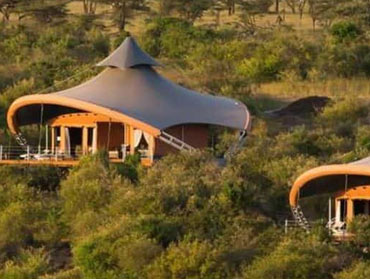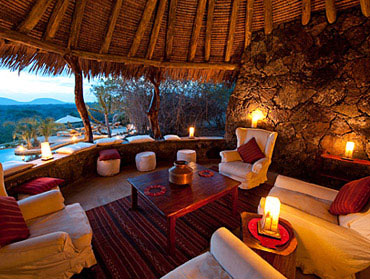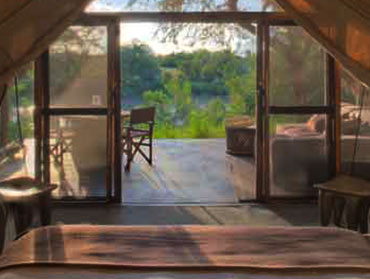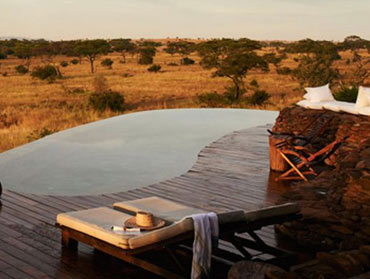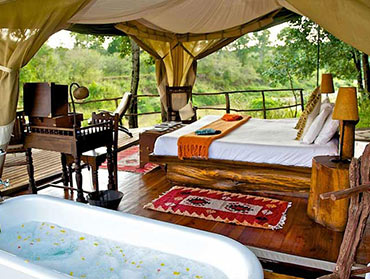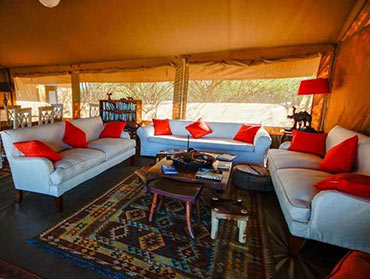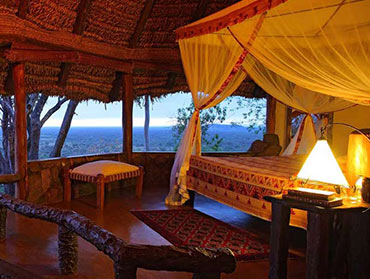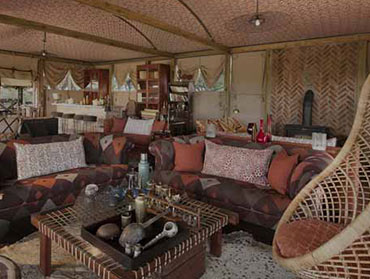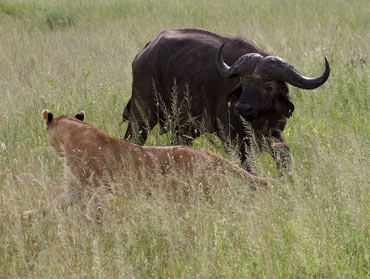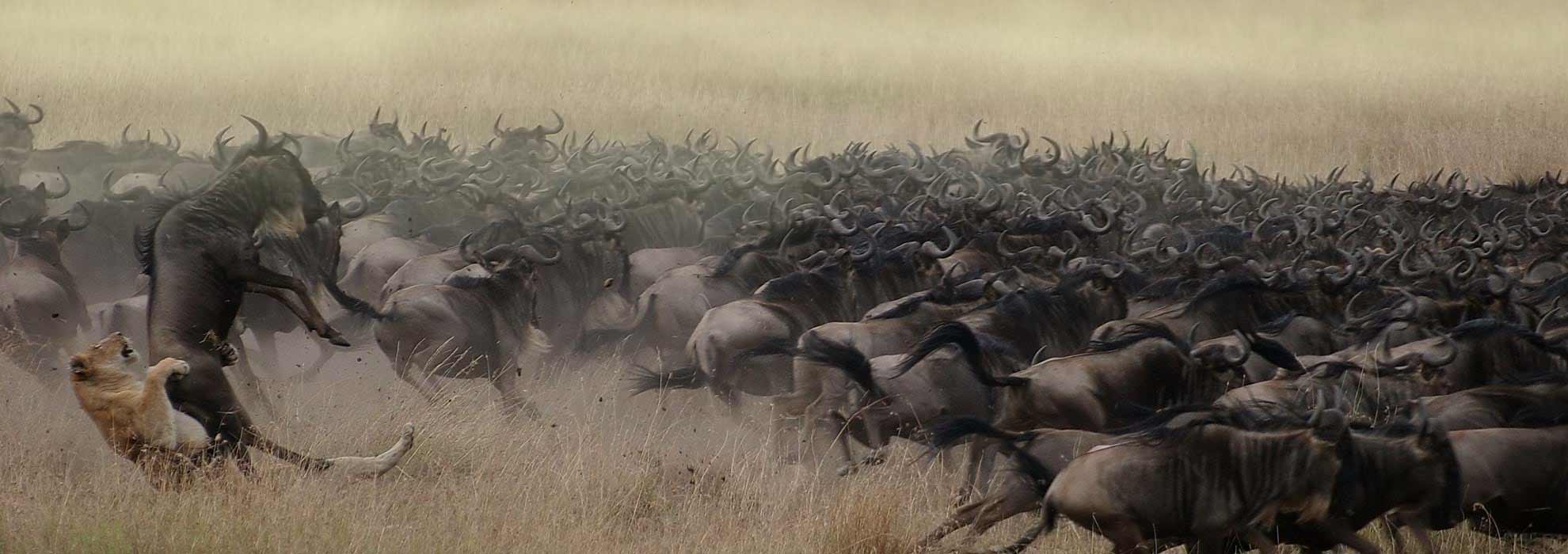
Our 6-day Ndutu Serengeti Wildebeest Migration from Arusha safaris start from November to April, have been designed specifically to focus on and to increase your chance to see the great Serengeti Calving wildebeest migration .
Every year, the vast herds of wildebeest embark on a long-distance migration that coincide with the annual rain fall patterns and grass growth. Following the short rainy season in November, the herds of wildebeest arrive to the short-grass plains of the Serengeti around November. The short-grass plains are located in the area east and south of the Seronera, around Ndutu and the northern Ngorongoro Conservation area. Herds of wildebeest and zebra can be seen across these plains as they feed on the nutrient rich grasses. The majority of the wildebeest calve around February. They normally stay in the area till April and then start moving west towards to the Western Corridor of the Serengeti National Park.
Please note that it is difficult to predict the exact timing and location of the migration at any time, as this can vary considerably from year to year, depending on factors such as rainfall, water availability, food abundance, predators and the phosphorus content in the grasses.
Pick up from Arusha and transfer to the Ngorongoro Conservation area. We arrive in time for lunch at the lodge and after lunch we will descend over 600 meters into the crater to view wildlife for an afternoon safari tour.
Supported by a year round water supply and fodder, the Ngorongoro National Park supports a vast variety of animals, which include herds of wildebeest, zebra, buffalo, eland, warthog, hippo, and giant African elephants. Another big draw card to this picturesque national park, is it’s dense population of predators, which include lions, hyenas, jackals, cheetahs and the ever-elusive leopard, which sometimes requires a trained eye to spot. We will visit Lake Magadi, a large but shallow alkaline lake in the south western corner, which is one of the main features of the crater. A large number of flamingos, hippos and other water birds can usually been seen here.
Dinner and overnight at the Lodge.
After breakfast we will head to the Lake Ndutu area, situated in the Ngorongoro conservation area, part of the southern Serengeti eco-system. Lake Ndutu is alkaline, like most of the other Rift lakes, however the water is still drinkable and used by a wide array of local wildlife.
We arrive in time for lunch at the lodge, and after lunch we will do an afternoon game drive in the Ndutu area. The majority of the wildebeest migration can normally be found on the short-grass plains from December to April. The area is usually heavily populated with elephant, birds and resident game.
Dinner and overnight at the Lodge.
After breakfast, enjoy a full day game drive in the Ndutu area. Explore the range of different habitats that include swamps, woodland, soda lakes and the world famous Serengeti short grass plains. See great herds of wildebeest and zebra. During a short time frame around February, normally lasting for about 3 weeks, the majority of the wildebeest calve. The sea of grass provides little cover and the young are easy pickings for a variety of predators. Wildebeest calves can run minutes after they are born and within 3 days they are normally strong enough to keep up with the herd.
Dinner and overnight at the Lodge.
After breakfast we head towards the central Serengeti National Park, also known as the Seronera. We descend into the heart of wild Africa – the Serengeti National Park – with its endless plains, rolling into the distance as far as the eye can see. We head to the Seronera area, one of the richest wildlife habitats in the park, featuring the Seronera River, which provides a valuable water source to this area and therefore attracts wildlife well representative of most of the Serengeti’s species.
We arrive in time for lunch and enjoy an afternoon game drive in the Serengeti national park.
Dinner and overnight in the Seronera area, at your Lodge.
After breakfast enjoy a full day game drive in the Serengeti National Park. The majority of the wildebeest migration normally passes through the Seronera in late November to middle November, when they migrate from Kenya’s Masai Mara in north to the Ndutu area in the south. The migration then passes through this area again in April when they move west to the Western Corridor of the Serengeti National Park. The Seronera area is also an ideal starting to point to visit the eastern and southern short-grass plains of the Serengeti National Park.
Dinner and overnight in the Lodge.
After breakfast at the lodge, we depart to the Seronera airstrip and enjoy a game drive en-route to the airstrip.
Around midmorning join a scheduled flight from Seronera airstrip to Arusha airport. Upon arrival to Arusha airport, meet our driver and transfer to Arusha town. On arrival in Arusha will we have lunch and then we will end our African safari Tour. You will be taken to your hotel, which ends our safari services.


